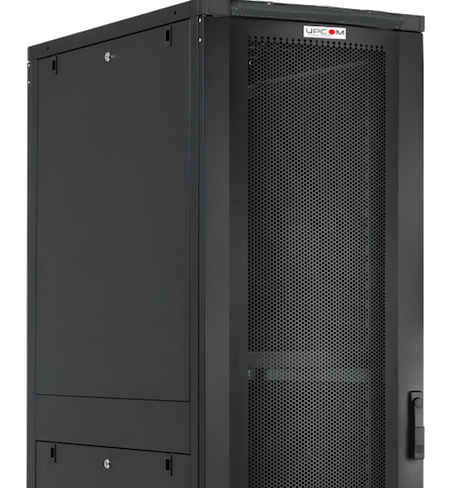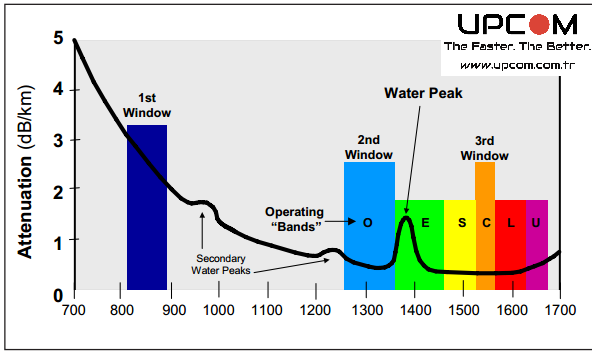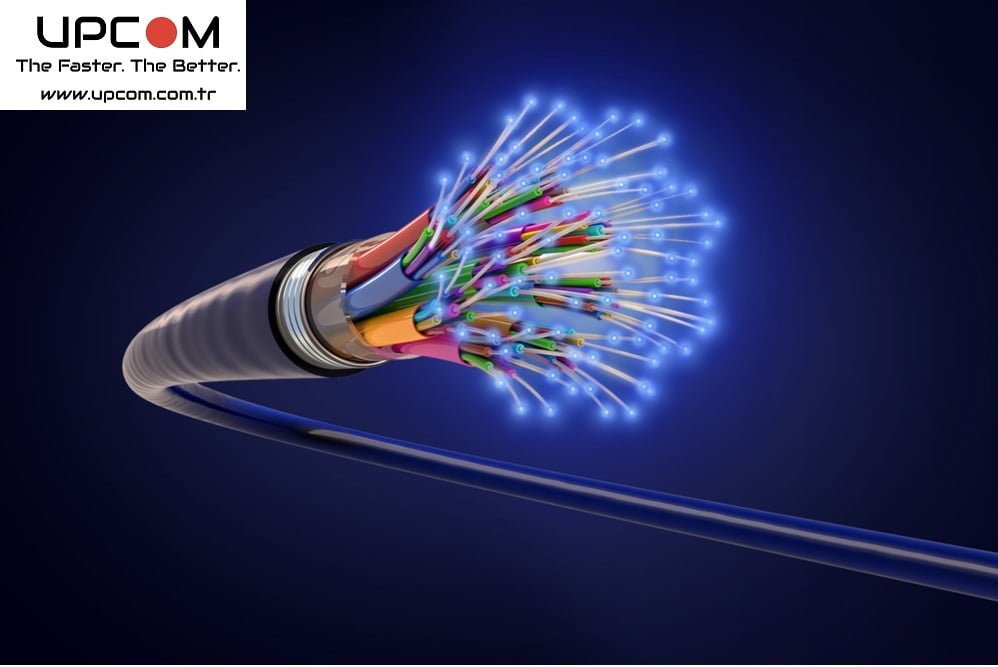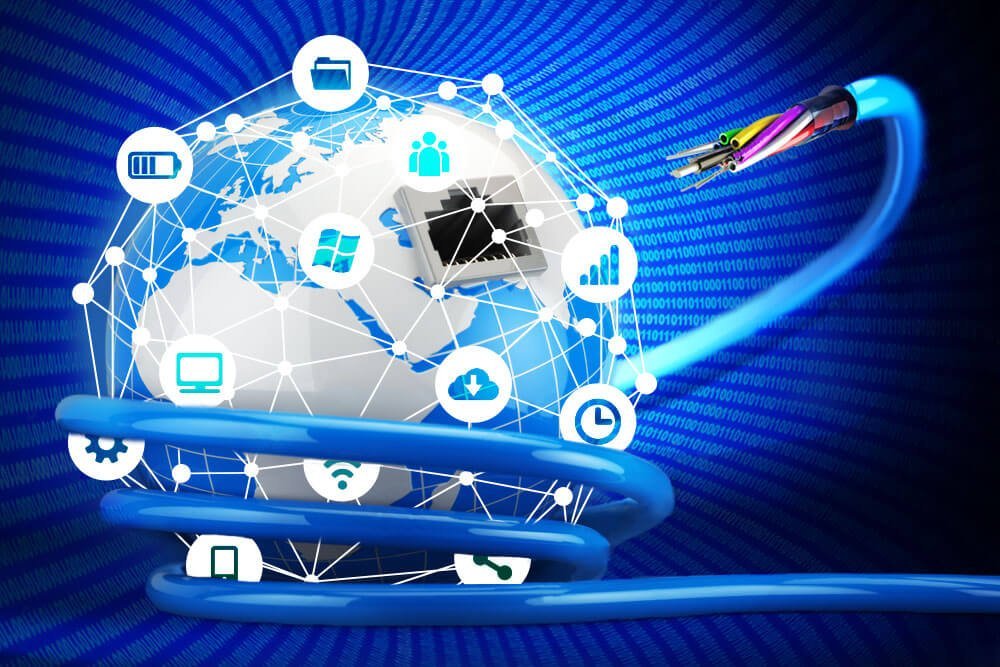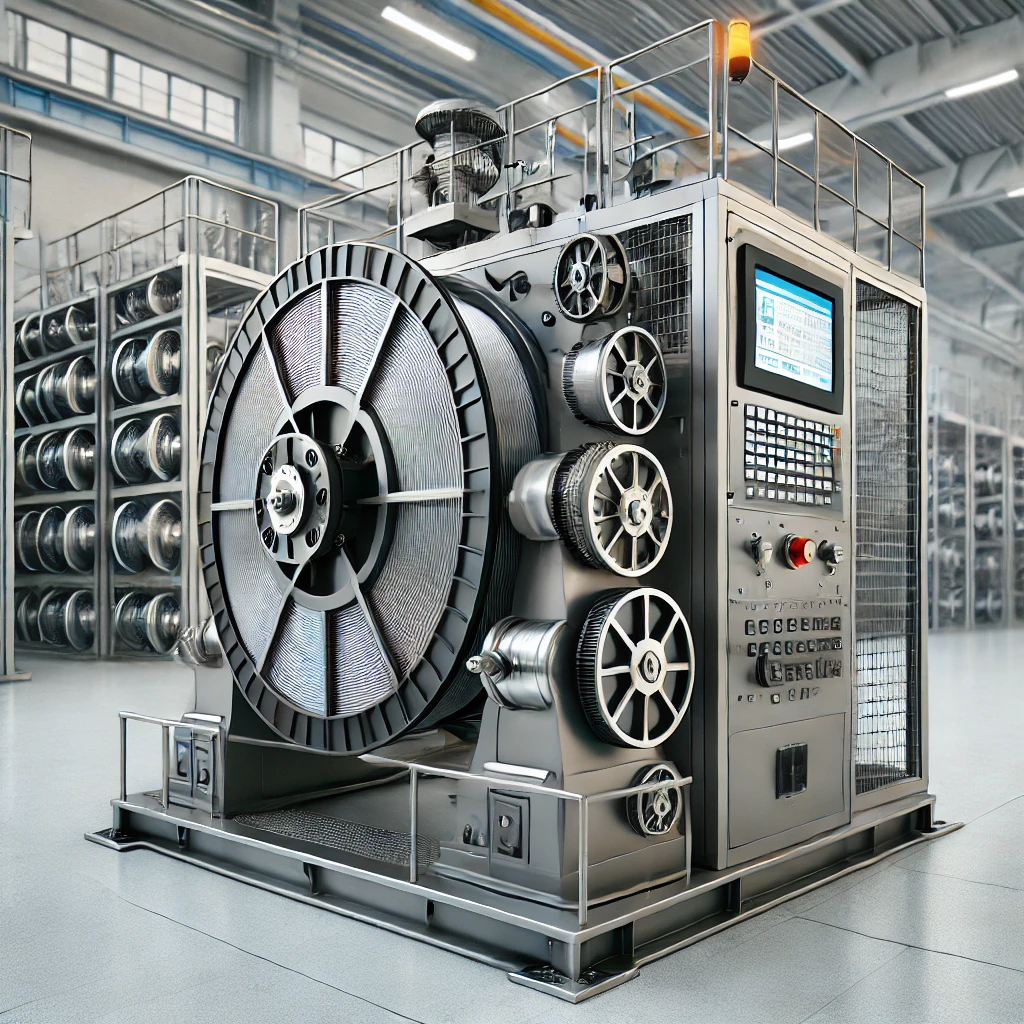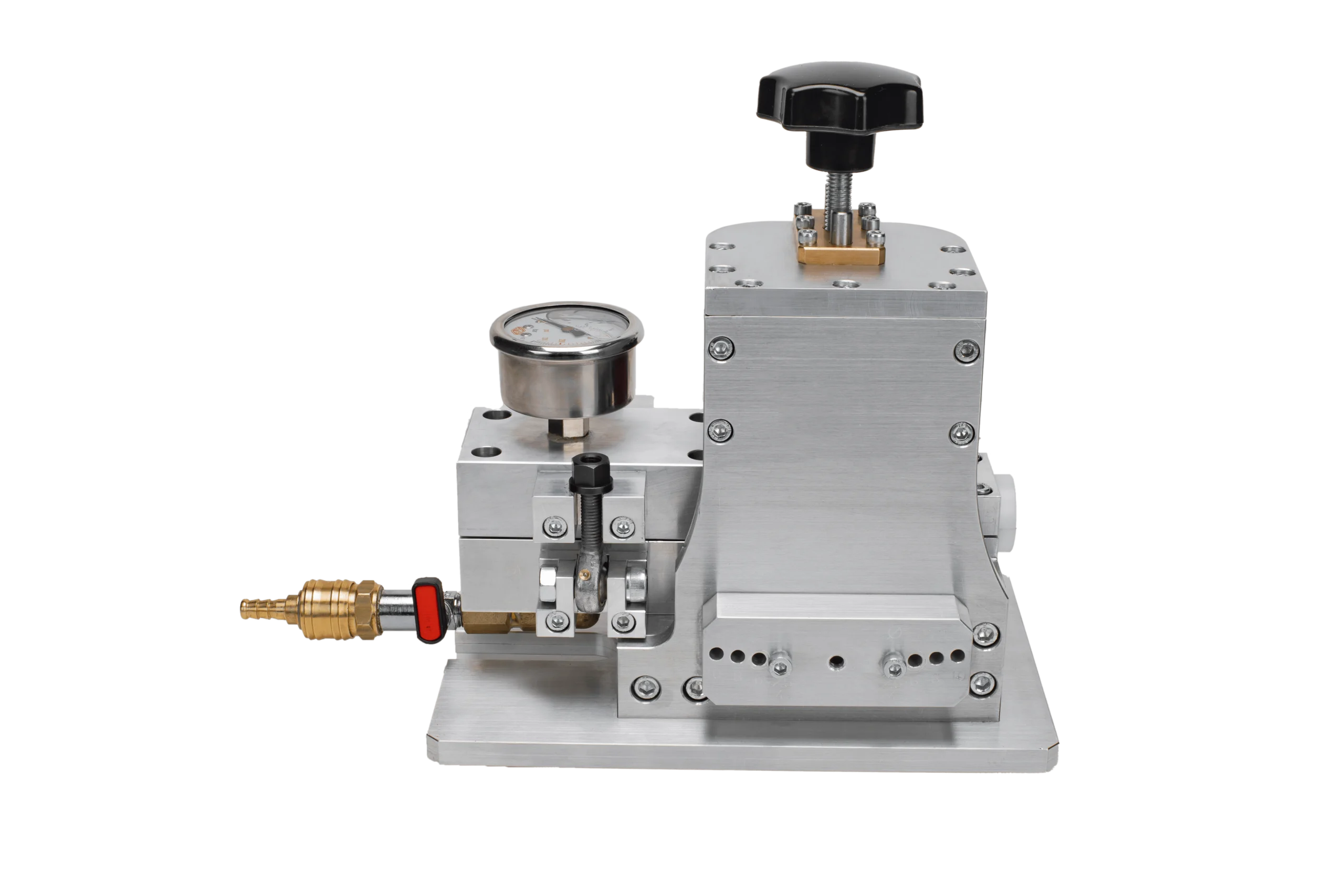
06 Feb Fiber Optic Cable Installation: Why Blowing Machines Outperform Traditional Methods
In the world of telecommunications infrastructure, efficiency, cost reduction, and long-term sustainability are key factors that drive innovation. The process of fiber optic cable installation has evolved significantly over the years, with cable blowing machines revolutionizing the industry. Best Fiber Optic Cable Installation Equipment is explain here.
Traditional methods, such as cable pulling, have been widely used for decades. However, they come with limitations, including higher labor costs, installation delays, increased risk of cable damage, and environmental impact.
This in-depth technical guide will explore how fiber optic cable blowing machines surpass traditional methods in terms of speed, cost-effectiveness, safety, and environmental sustainability. Additionally, we will provide real-world case studies and showcase the best cable blowing equipment from Upcom, a leader in fiber optic installation solutions.
In the world of telecommunications infrastructure, efficiency, cost reduction, and long-term sustainability are key factors that drive innovation. The process of fiber optic cable installation has evolved significantly over the years, with cable blowing machines revolutionizing the industry.
Traditional methods, such as cable pulling, have been widely used for decades. However, they come with limitations, including higher labor costs, installation delays, increased risk of cable damage, and environmental impact.
This in-depth technical guide will explore how fiber optic cable blowing machines surpass traditional methods in terms of speed, cost-effectiveness, safety, and environmental sustainability. Additionally, we will provide real-world case studies and showcase the best cable blowing equipment from Upcom, a leader in fiber optic installation solutions.

What is Cable Blowing Technology? Fiber Optic Cable Installation Equipment
Cable blowing (also called cable jetting) is a modern fiber installation technique where cables are propelled into ducts using high-pressure air or water flow, combined with mechanical pushing. Unlike traditional pulling, which relies on manual effort and heavy winches, cable blowing minimizes friction and mechanical stress, allowing longer cable lengths to be installed in one operation. Thus, it’s the best option among the Fiber Optic Cable Installation Equipment

How Does Cable Blowing Work?
- Air or Water Injection: A controlled airflow or hydraulic system creates a high-pressure environment inside the duct.
- Mechanical Assistance: Rollers or pushers gently feed the cable into the duct.
- Reduced Friction: Airflow suspends the cable within the duct, reducing drag and allowing longer, faster installations.
Speed & Efficiency – Faster Deployments, Fewer Interruptions - Fiber Optic Cable Installation Equipment
🚀 Traditional cable pulling is time-consuming due to the need for frequent intermediate splicing and tension management. It also requires multiple manual adjustments to prevent excessive tension on the cable.
✅ Cable blowing, on the other hand, enables uninterrupted installation over distances of up to 3.5 kilometers in a single operation—which is up to 50% faster than traditional methods. Thus, it’s the best Fiber Optic Cable Installation Equipment for all the telecom operators in the world.
Real-World Speed Comparison between Fiber Optic Cable Installation Equipments
- Traditional Pulling: 100 meters per minute (dependent on pulling force and resistance).
- Cable Blowing: Up to 200 meters per minute, doubling efficiency.
📌 Case Study: A major European telecom operator switched to cable blowing and reduced project completion time by 40%—resulting in an annual cost saving of €500,000.

Cost-Effectiveness – Save on Labor, Equipment, and Maintenance amoung all Fiber Optic Cable Installation Equipment
💰 Cost is a major factor in fiber network expansion.
🔴 Traditional Cable Pulling Cost Breakdown:
- Requires more workers (3-5 people per section).
- Higher risk of cable damage, leading to replacement costs.
- Needs more splicing and additional installation sites.
🟢 Cable Blowing Cost Advantages:
- Requires only 2 operators.
- Less cable damage, reducing replacement expenses.
- Eliminates the need for frequent splicing.
📌 Case Study: A fiber broadband provider in Germany saved 35% on labor costs after switching to cable blowing machines and this is proofing that cable blowing machine is the best choice between Fiber Optic Cable Installation Equipments.
Safety Improvements – Lower Risks, Fewer Workplace Accidents
⚠️ Manual cable pulling can lead to:
- Worker fatigue due to excessive handling of heavy cables.
- High tension forces that may cause sudden cable snaps, leading to serious injuries.
- Need for heavy-duty equipment, increasing workplace hazards.
✅ Cable Blowing Benefits:
- Minimal physical labor required.
- Lower tension levels reduce risk of snapping.
- Machines handle most of the work, reducing injuries.
📌 Case Study: A UK-based telecom company reduced workplace injuries related to fiber deployment by 60% after adopting cable blowing techniques.

Environmental Impact – A Sustainable Future for Telecom Networks
🌍 Sustainability is a growing concern in the telecom sector. Cable blowing machines contribute to eco-friendly infrastructure development by:
♻️ Reducing Material Waste:
- Less damaged cables means fewer replacements.
- Eliminates unnecessary excavation.
⚡ Lower Energy Consumption:
- Uses compressed air instead of mechanical force, consuming less energy than traditional pulling winches.
🌱 Minimal Land Disruption:
- No need for frequent excavation and trenching.
📌 Case Study: In a fiber deployment project across Scandinavia, the use of cable blowing machines cut CO₂ emissions by 25% compared to traditional installation methods.
Choosing the Right Cable Blowing Machine – Upcom’s Industry-Leading Solutions
For telecom operators seeking high-performance installation solutions, Upcom provides a range of cutting-edge cable blowing machines tailored to different project scales.
Upcom's Cable Blowing Machines
🔹 Upcom HidroFOK – Ideal for long-distance fiber deployment, handling up to 3 km in a single blow.
🔹 Upcom MiniFOK – Compact yet powerful, perfect for urban fiber rollouts.
🔹 Upcom ElectroFOK – Fully automated system designed for precision and high efficiency in complex installations.
✅ Why Choose Upcom?
- Advanced automation technology.
- Customizable pressure control for different duct types.
- Reliable European engineering for superior durability.
Conclusion: The Future of Fiber Deployment is Cable Blowing vs Fiber Optic Cable Installation Equipment
🔹 Speed: 50% faster than traditional pulling.
🔹 Cost: Up to 35% lower labor costs.
🔹 Safety: Fewer injuries and safer working conditions.
🔹 Sustainability: Reduced material waste and lower energy consumption.
💡 As fiber optic networks continue to expand across Europe, telecom operators must embrace efficient, cost-effective, and future-proof installation methods.
📌 Interested in upgrading your fiber deployment technology? Explore Upcom’s cable blowing machines today that outperforms against traditional Fiber Optic Cable Installation Equipments! 🚀
Cable Blowing Machine work
Cable Blowing Machines here Click here to find out Cable Blowing Machine Product Portfolio Click Here Cable blowing machines, also known as a jetting machine or fiber optic cable blowing machine, is a device used to blow cables, such as fiber optic cables, into ducts......
5 Fan Facts About the Fiber Optic Cables
Fiber optic cables are a type of cable that use glass or plastic fibers to transmit data. Here are some interesting facts about fiber optic cables: Speed: Fiber optic cables are capable of transmitting data at much faster speeds than traditional copper cables. This makes......
Construction Products Regulation (CPR) for Cables
CPR for cables (Construction Products Regulation) for cables became a legal requirement in July 2017. CPR for fiber optic cables is having an intended use for permanent installation in buildings and construction works, to be accompanied by a Declaration of Performance (DoP). This requirement relates only to......
How Much Does Fiber Optic Cabling Installation Cost?
On average, fiber optic cable installation cost $1 to $6 per 30cm depending on the fiber count. It’s very difficult to estimate an exact price for an entire building to be wired, however an example would be $15,000 to $30,000 for a building with 100 to 200 drops.......
19″ Rack Cabinet
What is a 19” Free Standing Rack Cabinet? 19” free standing rack cabinets provide a robust, cost-effective enclosure solution. PDU mounting or connectivity on both the front and rear of the cabinet. The Free Standing 19” Rack cabinets are ideal for high-density data center environments,......
What is fiber optic cable
Fiber optic cables are an innovative communication medium that transmit data using light instead of electrical signals. Designed for efficiency and speed, these cables leverage thin strands of glass or plastic fibers bundled within a protective casing. The question; What is fiber optic cable? can......
IP55 Outdoor Cabinet
We found out that there is no enough information about 19” IP55 Outdoor Cabinet and thus we will investigate it. If you are reading this article, then you are probably planning to make a procurement soon. So, let’s dive in! We will try to give......
What is MPO Cable
MPO Cables: A Comprehensive Guide to High-Density Fiber Optic Connectivity What is MPO Cable? Executive summary Push On (MPO) Multi-fiber Connectors – Fiber connectors consisting of several optical fibers are multi-fiber push on connectors, or MPOs for short. While described as something of an array......
FTTH installation Technologies
FTTH installation technologies Table of Contents Innovative approach to FTTH installation Technologies…1 Infrastructure Sharing…2 Duct sharing in France…2.1 Sewer pipes…2.2 Clean water pipes…2.3 Gas pipes for Houses…2.4 Creative FTTH installation Technologies Installation Methods…3 Handheld fiber cable blowing machine …3.1 Pushable fiber …3.2 Fiber optic cable de-coring......
Optical Fiber
What is optical fiber? We are used to the concept of moving knowledge in numerous ways. A wire cable transports the sounds from our speech into a socket on the wall and is borne by another cable in the nearby telephone interchange, as we......
Cable Blowing by Pressurized Air / Fiber Optic Cable Blowing Procedure
Cable Blowing (Sometime called air assisted cable blowing, Cable Blowing by Pressurized Air, air blowing, jetting and all these words are describing method of cable blowing with pressurized air) Cable Installation has been always a challenge for installers. There are several method to lay the......
11 reasons why the future belongs to fiber optic
11 Reasons Why the Future Belongs to Fiber Optic “The future belongs to fiber optics!” This bold claim is backed by compelling reasons. Fiber optic technology is not just an upgrade—it’s a transformative infrastructure shaping how we connect, communicate, and consume information. Here are 11......
CPR compliant Cables, All Your Questions are now answered!
What does CPR mean in cable? In the context of cables, CPR stands for Construction Products Regulation. It is a European Union regulation that applies to all construction products that are placed on the EU market. The CPR sets out minimum requirements for the performance......
Choosing the right 19 rack cabinet
Choosing the right 19 rack cabinet.. Would you like to buy a server cabinet or network cabinet? Or just the accessories for an existing 19″ cabinet? For experienced network technicians, choosing the right cabinet or accessories is straightforward. However, for those who rarely purchase a server......
Fiber Optic Loss
Fiber Optic loss, As a supplier of fiber optic products, perhaps the most frequently asked question about fiber optic cabling testing is: “What is the maximum acceptable attenuation? ”Unfortunately, the answer is:“ it depends ”. But what does it depend on? This is because it depends on......
Fiber Optic Blowing Tips
Fiber Optic Blowing Tips – 7 important points 7 Fiber Optic Blowing Tips – Fiber optic Cable blowing is a specialized process involving the use of pressurized air to install cables into telecom ducts. This method is highly effective for blowing the fiber optic cables......
All about fiber optics
What does a fiber optic cable do? A fiber optic cable is a type of cable that uses glass or plastic threads to transmit data. These threads, or fibers, are extremely thin and are surrounded by a protective coating. They are able to transmit data......
Cable Blowing Lubricant
Cable blowing lubricants are specially formulated lubricants used to lubricate cables as they are being pulled through conduits or other tight spaces during the installation process. The lubricant is applied to the cables before they are pulled, and it helps to reduce friction and make......
How Fiber Optic Cables and Internet Affect Our Lives
Fiber optic cables use light to transmit data, rather than electricity. The cable is made up of a central core of extremely pure glass or plastic, surrounded by layers of protective material. Data is encoded as pulses of light that travel along the core of......
Best Fiber Optic Cabling Installation Practices Guide
Fiber optic cabling installation is a complex process that requires specialized knowledge and equipment. Here are some best practices for fiber optic cabling installation to ensure a successful and reliable installation: Plan the Installation: Before starting the installation, it is important to plan......
Fiber to the home (FTTH)
Fiber to the home (FTTH) is a technology that uses optical fibers to deliver high-speed internet and other communication services directly to individual homes or buildings. The fibers are run from a central location, such as a telephone exchange or data center, to a termination......
OS1 and OS2 Fiber Optic Cores
OS1 OS2 Fiber Cores are types of single mode fiber optic cables that are used for high-speed data transmission. OS1, or “single-mode,” cable has a small core (typically 9 microns in diameter) that allows for a single light beam to be transmitted over long distances......
Tight-Buffered and Loose-Tube Cables
The difference between tight-buffered and loose-tube fiber optic cables is in the way the fibers are protected and packaged within the cable. Tight-buffered fiber optic cables feature fibers that are surrounded by a tight-fitting buffer material, such as a plastic coating, to protect them from......
Fiber Optic Cable Installation: The Future of High-Speed Data Transmission
In today’s digital-first world, the demand for high-speed, secure, and reliable data transmission is growing exponentially. Whether it’s for telecommunications, data centers, military applications, or medical technology, efficient data transmission is critical for modern infrastructure. Fiber Optic Cable Installation. This is where fiber optic cables......
Advancements in Fiber Optic Technology: Improving Bandwidth and Transmission Rates
Fiber optic technology has revolutionized the way we communicate, providing faster and more reliable data transmission over long distances. The use of fiber optic cables has become increasingly popular in recent years, and the technology continues to evolve at a rapid pace. In this article,......
Fiber Optic Cable Installation: Why Blowing Machines Outperform Traditional Methods
In the world of telecommunications infrastructure, efficiency, cost reduction, and long-term sustainability are key factors that drive innovation. The process of fiber optic cable installation has evolved significantly over the years, with cable blowing machines revolutionizing the industry. Best Fiber Optic Cable Installation Equipment is......
Emerging Trends in Fiber Optic Technology: A Comprehensive Guide for European Telecom Operators
Emerging Trends in Fiber Optic Technology; In an era where data transmission speed, reliability, and efficiency are more critical than ever, fiber optic technology continues to be the backbone of telecommunications. As the demand for 5G, IoT, and high-speed broadband accelerates, telecom operators must stay......
Fiber Optic Network Optimization: How to Improve Performance in High-Density Urban Areas
As urban populations grow and the demand for high-speed internet continues to increase, telecom operators face the challenge of optimizing fiber optic network performance in high-density urban environments. Fiber optic network optimization is crucial to ensure seamless connectivity, reduce latency, and manage bandwidth efficiently in......
Cable Spooling Machines: The Ultimate Guide to Efficient Cable Handling
In industries such as telecommunications, energy, manufacturing, and infrastructure, the need for Cable Spooling Machines have never been greater. Traditional manual spooling methods can lead to inconsistencies, labor-intensive processes, and increased cable damage. This is where cable spooling machines revolutionize operations by ensuring precise, automated, and......
How to Blow Fiber Optic Cable: A Comprehensive Fiber Jetting Guide
Table of Contents Introduction to fiber optic cable blowing Required Equipment and Tools Understanding Fiber Blowing Machines and Their Components Preparing for the Fiber Blowing Process Safety Precautions Before Starting Step-by-Step Fiber Optic Cable Blowing Procedure 6.1 Setting Up the Fiber Blowing Machine 6.2 Preparing......





